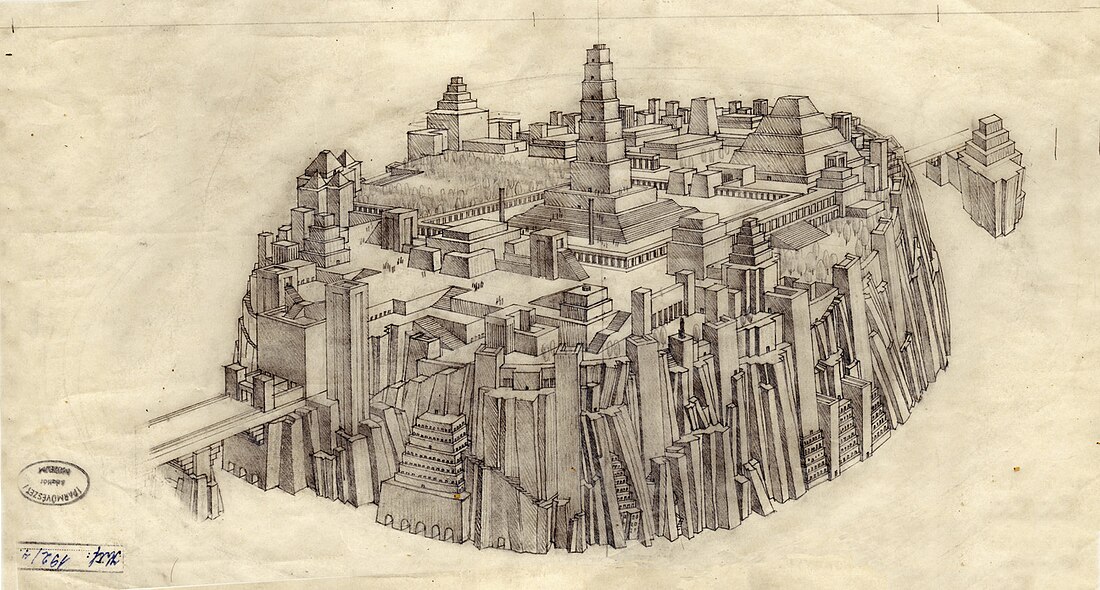Top Qs
Timeline
Chat
Perspective
Géza Maróti
Hungarian architect, sculptor, painter, and applied artist From Wikipedia, the free encyclopedia
Remove ads
Géza Maróti (1875-1941) was a Hungarian architect, sculptor, painter, and applied artist.[1]

Maróti was from a rural merchant family and began his career as a woodcarver but later went on to complete studies in Budapest and Vienna.[1] He settled in Zebegény before the outbreak of World War I and went on to complete numerous commissions both as an architect and a sculptor for public building projects. His work, a cultural history of Atlantis, is still unpublished.


Remove ads
Major works
Summarize
Perspective
Buildings with sculptures executed by Maróti, unless otherwise indicated.
- 1904–1907. Franz Liszt Academy of Music, Budapest.
- 1905. Gresham Palace, Budapest.
- Lending bank, Budapest.
- Trading Bank, Budapest.
- 1905–1910. Pest National Savings Company, Budapest.
- 1906. International Exhibition Pavilion, Milano. The original burned down, although it won Maróti a number of awards and prizes.
- 1908. Palacio de Bellas Artes, Mexico City, Mexico: dome, sculptures, mosaic work.
- 1911. World Exhibition Pavilion, Turin, Italy.
- 1912–1914. Maróti Villa, Zebegény, Hungary: sculptures and fountains.
- 1927–1932. Detroit, United States. Various bronze and granite sculptures and decorations.
- Detroit: Fisher Building, Livingstone Memorial Lighthouse, Cranbrook Academy of Art Museum, Foreman Bank Building, Hurison Motor Co. Building (likely the Hudson Motor Car Company building), Times Building, S.S. Kresge Building.
- Plans for oval and university sport precinct, Lágymányos, Hungary. (Never built.)
- 1938. Hero's Square with Christ sculpture, Zebegény. Unfinished due to World War II and subsequent Soviet takeover of power.
- 1933–1940. More than 600-page study on the lost city of Atlantis. Finished in German and translated into English, but never published.
Remove ads
References
Wikiwand - on
Seamless Wikipedia browsing. On steroids.
Remove ads
